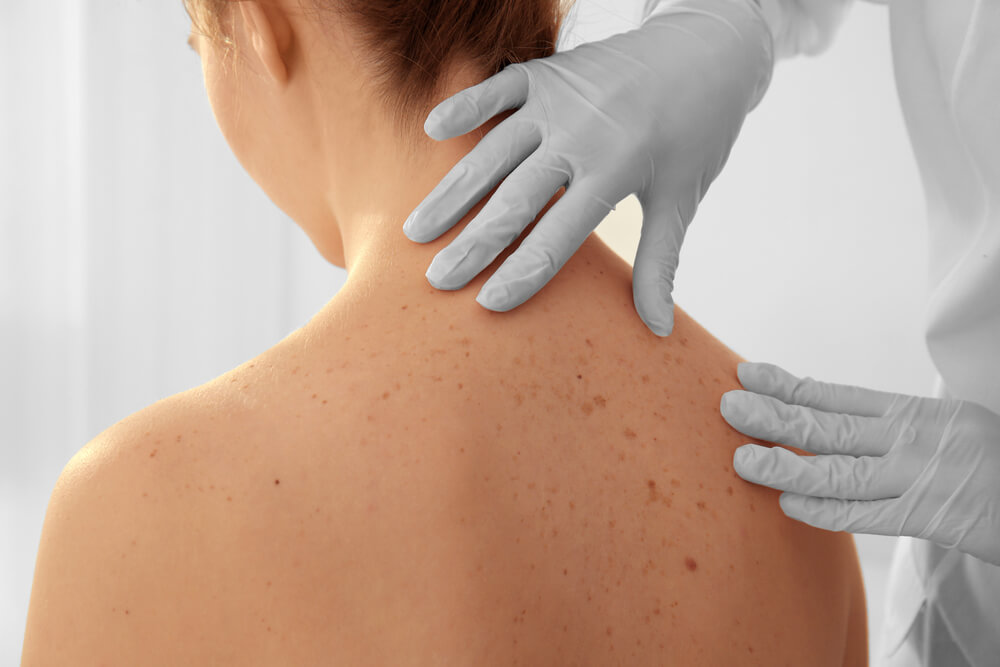With warmer weather and longer days approaching, many people will be spending quite a bit of time outdoors this summer. It’s a great way to get exercise, de-stress and get your Vitamin D levels up. However, this summer, it is very important to keep in mind the number one most common cancer in the US; skin cancer.
What Are The Risk Factors?
There are certain risk factors associated with skin cancer, such as skin tone, fair skin individuals have higher incidences of skin cancer. Gender, males are twice as likely to develop skin cancer, compared to women. Increasing age, immune system suppression, including treatments for autoimmune disease, radiation therapy, smokers, strong family and personal history of skin cancers all put you at higher risk for developing skin cancer. Occupational exposures and of course UV exposure accumulated over the years.
There are things within your control that you can do to help prevent skin cancer. And although, moderate exposure to sun can help to increase Vitamin D levels, you need to prevent prolonged exposure to UV light. You can do this, by limiting your time outdoors during the peak sunlight hours of 10am to 3pm. You can cover up with clothing, wide-brimmed hats and use a physical or chemical sunscreen of SPF 30 or higher. Reapply sunscreen every couple hours. And avoid tanning beds!
There are signs of developing skin cancer that you need to look out for, like pale, waxy bumps that appear on the skin, especially on the head, neck, hands and arms. Changes in size, shape and color of moles and freckles. Be aware of any non-healing sores, oozing and bleeding from the skin. Skin cancer can even develop in old scars. These could be signs of basal cell carcinoma, squamous cell carcinoma or even of melanoma, the deadliest form of skin cancer.
What Can I Do?
It is important to have a primary care physician look at your skin during your regular examinations to check for any new or unusual growths. It can be hard to see certain areas like your back even in a mirror. Most skin cancers develop in sun-exposed areas of the body, but that Is not always the case. It is a good idea to have a thorough examination at least once a year. Early diagnosis and treatment is key and can be life-saving.
